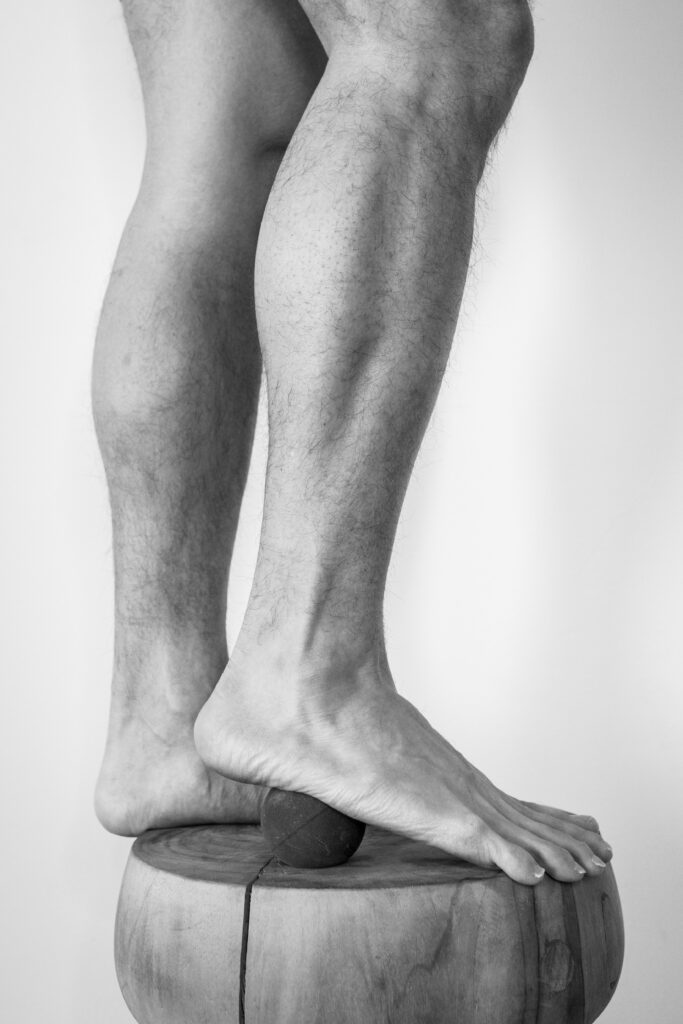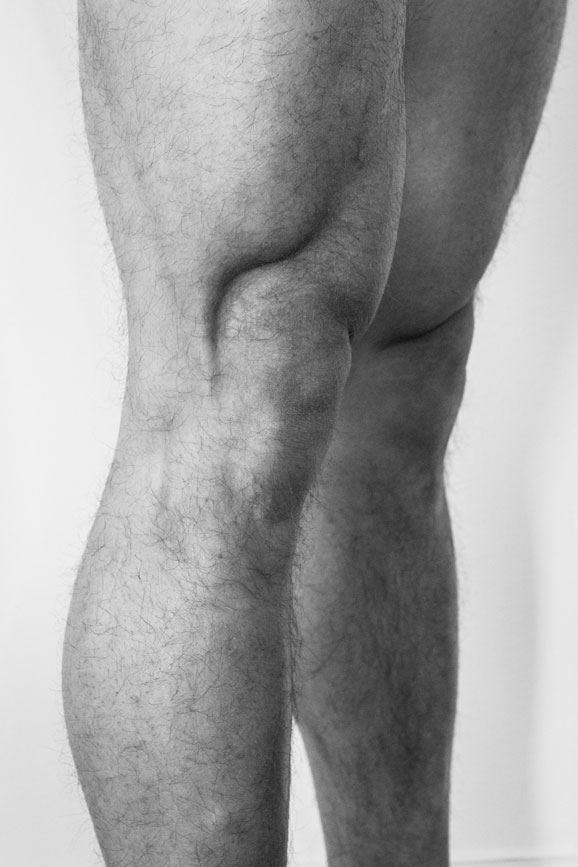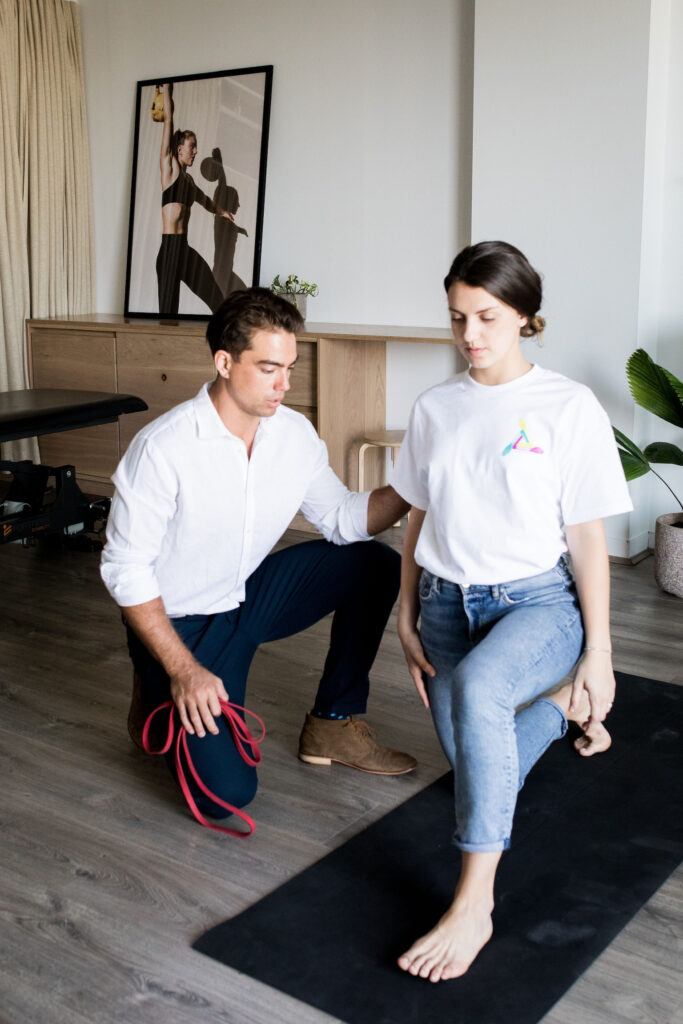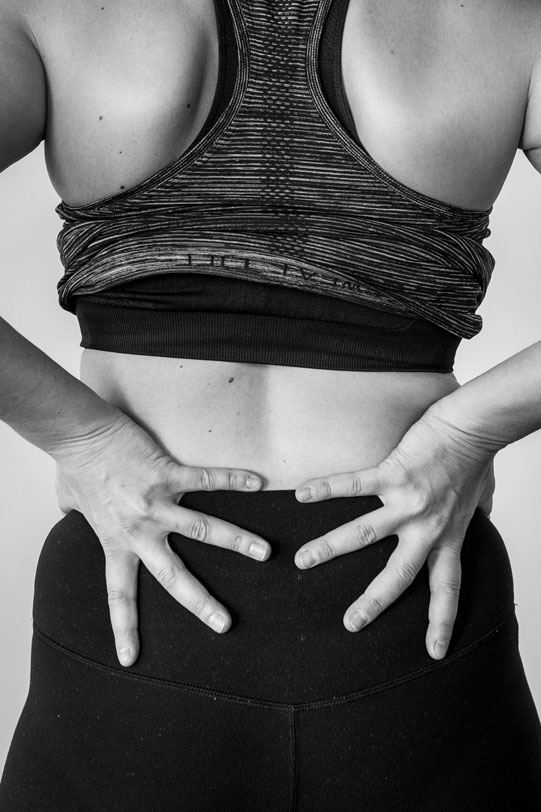Yup!
You read that title correctly!
“But Andy, you mean there is more to buying shoes than the fact that they look super dope?”
Well, yes. But still dopeness is totally subjective and they may still look super fresh! But when it comes to finding a new pair of walking, training or running shoes as a diabetic there are a few things you will totally want to consider to make your experience a whole lot better.
Diabetes Foot Problems Explained
Diabetes (especially type 2 diabetes – which this article will focus much on) is littered with a series of foot care concerns. Such as:
- Skin care issues: dry skin, redness, swelling, ulcerations, corns, calluses, poor blood flow and healing
- Poor sensation and nerve damage: diabetic neuropathy is super common and can affect the sensation within the foot. So if you have a hot spot or irritation caused by a poorly fitting shoe, and you can’t feel it, that doesn’t bode well for future you!
- Infection concerns: Unfortunately with diabetes, open wounds and sores are prone to infection, which in conjunction with diabetes can be hard to manage. At best you consult your Dr or local Podiatrist and they assist you for a period of time, or (unfortunately for some) it can lead to some severe circumstances, such as amputation.
So as you can see, the circumstances are pretty severe. Let me outline a couple of simple things you can do to make the selection process that much easier!
Key Considerations When Choosing Running Shoes for Diabetes
1. Give your feet room to move
Remember you aren’t fitting soccer boots! They do not need to be super tight! Trust me they will not fall off. That’s what laces are for!
So often, people present to me with their brand new nikes and as they stand up in them, their big toe looks as though it’s going to bust out the front like one of those creatures in “Alien Vs Predator”.
As a diabetic, this pressure on the front of the foot creates a huge amount of friction which can result in sores, calluses or ulcers. Not only that, the foot needs room in a shoe to naturally expand. As you apply more of your body weight over your foot it expands more and more to dissipate forces going through it. That happens every time you stand up and after every step you take.
If you really want to, you could measure your foot at the beginning of the day and at the end and you’ll find that it may actually be bigger. Knowing this is the case, it pays to have a little more wriggle room to allow for this.
So when getting fitted:
- Determine if the length and width is appropriate WHEN YOU ARE STANDING, not when sitting.
- Ensure there is atleast a thumbnail between the end of your shoe and the start of your big toe.
- Feel along the sides and ensure that there is at least 1-2 ml of space either side. Your feet shouldn’t be pressing over the sides like a pancake, that means it is too tight !
2. Buy good quality socks
“Ooh fluffy socks!” I hear you say! Hmm, not quite.
Socks are actually super important! Think about this, if you have a sock that has been on your foot all day, no doubt it’s gotten sweaty, hot and dank. Not great, especially if you do have some wound concerns on your feet.
Not only that, most cheapo socks run their elastics in a concentric pattern and can be super tight on a swollen diabetic foot, creating indentations and pressure rings on the foot and ankle.
Speak to your doctor or podiatrist and they can suggest you some socks that:
- Run their elastic components length ways so they naturally expand with the foot, so should it swell, making sure it fits snugly without choking the foot.
- Contain antibacterial and moisture wicking materials, that minimise the chance of infection, while keeping the foot dry and cool.
Now these options are typically more expensive than your standard Kmart special socks, but remember the sock is the only protection your skin has against any friction caused by the inside of the shoe, and if it means you can minimise the chance of anything sinister happening, in my humble opinion, it’s a wise investment. As my old man used to say, “buy well, buy once”.
3. Pick your materials carefully
The uppers of a shoe (the bit on top that covers your feet) are made out of so many different textured materials. Some of these, like leather and suede can be firm and abrasive at first and need some time to wear in. Mesh and knits are a lot easier on the foot, creating a breathable and flexible environment, but may not be as tough. But while examining the top of the shoe, nothing may seem out of the ordinary, the uppers are usually stitched together, and those stitches can be felt on the inside of the shoe, where your foot lives.
Remember that some diabetics have some sensation loss, so while you are in the shop trying them on and they look and feel awesome to begin with, it’s never a bad idea to run your hand through the inside of the shoe and feel along the stitching lines to make sure nothing is protruding and could result in some complications further down the line.
Your podiatrist may even be able to point you in the direction of some specialty diabetic shoe brands that actually “reverse stitch” or hide the stitching from the inside of the shoe, that way the inside of the shoe is free from any potentially loose stitches or knots that can irritate your feet while your out blazing trails.
So there you have it!
I know it seems like such a trivial thing, but foot care and shoe selection is one of the most important things for diabetics to consider. Best practice for a lot of diabetics is good quality advice on lifestyle change and increasing exercise habits. But as Mohammad Ali once said, “It isn’t the mountains ahead to climb that wear you out; it’s the pebble in your shoe”.
Cool runnings y’all!
Sources:
https://www.diabetesaustralia.com.au/living-with-diabetes/preventing-complications/foot-care/





